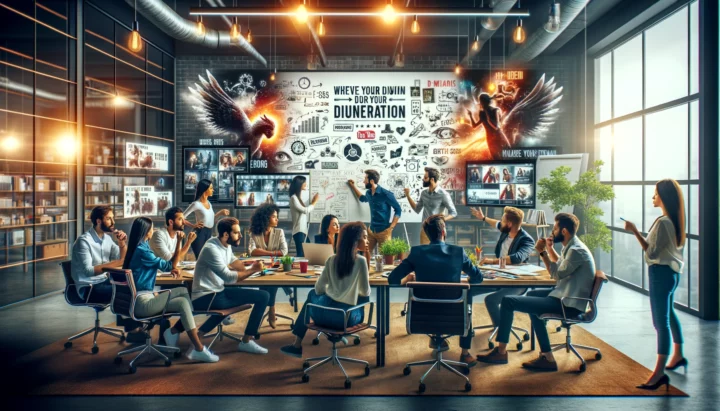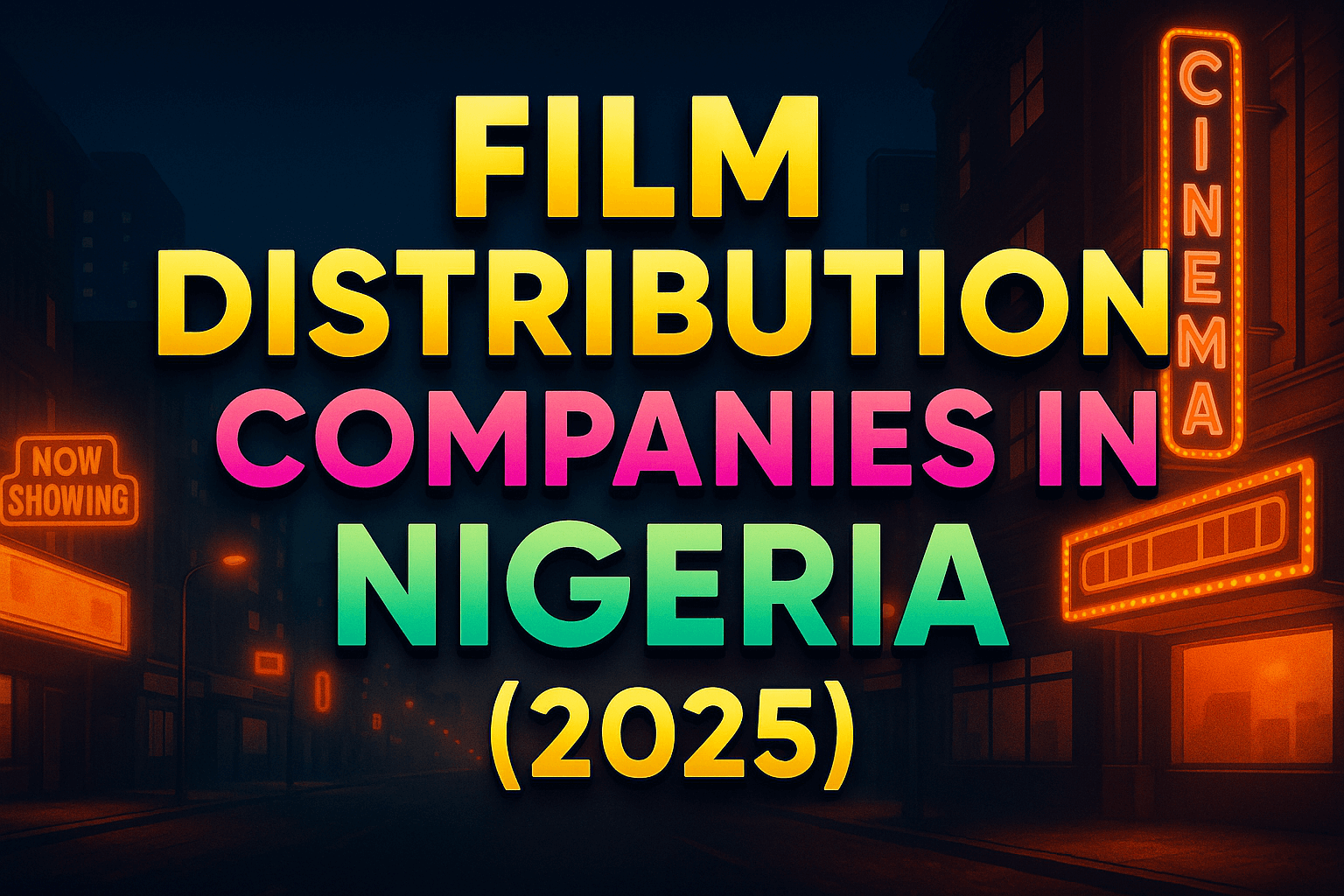Introduction
Deepfake technology is rapidly becoming a powerful tool in TV production. By using AI to manipulate real footage, deepfakes can seamlessly alter facial expressions, voices, and entire scenes, offering directors and producers an innovative way to enhance storytelling. With the ability to reduce visual effects (VFX) costs and streamline production, deepfakes are transforming the industry.
However, with these new possibilities come significant ethical challenges. The potential for misuse and the difficulty of distinguishing deepfakes from reality present legal and moral concerns. In this article, we will explore how deepfake technology is reshaping TV production, its benefits, ethical implications, and the tools available for creating realistic deepfakes.
Key Takeaways
| Topic | Takeaway |
| Deepfake Technology in TV | Deepfakes bring innovation to TV production but raise ethical questions. |
| Visual Effects | Deepfakes reduce CGI costs but may lack the realism of traditional VFX. |
| Ethical Concerns | Deepfakes can be misused, raising concerns about consent and authenticity. |
| Tool Selection | Producers must carefully choose the right deepfake tools for TV projects. |
| Future of TV with Deepfakes | Expect more AI-driven collaborations to shape the future of TV production. |
Table of content
- Introduction: The Rise of Deepfake Technology in TV
- Understanding Deepfake Technology in TV
- Benefits of Deepfake Technology for TV Production
- Ethical Challenges of Deepfake Technology
- Deepfake Technology vs. CGI in TV
- Future of Deepfake Technology in TV
- Addressing Common Challenges with Deepfakes
- Deepfake Technology Tools and Services
- Key Takeaways
- FAQs
Worried About Deepfake Ethics?

Understanding Deepfake Technology in TV
What Are Deepfakes?
Deepfakes are AI-generated videos that manipulate visual and audio elements to make someone appear to say or do something they didn’t. Using deep neural networks and machine learning algorithms, the AI models train on vast datasets to convincingly alter faces, movements, and voices.
Named Entities:
- Deep neural networks
- Machine learning algorithms
How Deepfakes Are Used in TV Production
Deepfakes are being employed in a variety of ways in TV:
- Face-swapping to replace actors in scenes.
- Creating age-altered versions of characters without extensive makeup or VFX.
- Voice replication for ADR (Automated Dialogue Replacement).
Benefits of Deepfake Technology for TV Production
Enhancing Creativity and Efficiency
Deepfake technology offers several advantages in TV production:
- Cost reduction: With deepfakes, the need for complex VFX setups decreases, leading to lower production costs.
- Time-saving: Deepfakes can automate time-consuming tasks like post-production visual effects and ADR.
- Flexibility: Directors can explore creative concepts, such as digitally altering actors’ appearances or even recreating scenes without requiring the cast to be physically present.
Cost Reduction and Streamlined Production
One of the biggest draws of deepfakes is the reduction in post-production costs:
- No need for full-scale CGI and green screens.
- Reduced need for large teams of VFX artists.
Bullet points:
- Minimizes traditional post-production labor.
- Lowers VFX budgets significantly.
- Accelerates production timelines.
Get Ahead of the Deepfake Revolution?

Ethical Challenges of Deepfake Technology
Legal and Moral Concerns
The rapid advancement of deepfake technology raises numerous ethical concerns, particularly in TV production:
- Consent: Actors’ likenesses can be used without their explicit consent, raising questions about personal rights.
- Misinformation: Deepfakes could easily be used to create misleading or harmful content, affecting public perception.
Named Entities:
- Ethical concerns: Lack of consent, misinformation risks.
Risks of Misuse in TV and Media
Deepfake technology, while revolutionary, can also be misused. If not properly regulated, deepfakes could blur the lines between reality and fiction in harmful ways. TV producers must remain vigilant and adopt ethical standards when using these technologies.
Deepfake Technology vs. CGI in TV
Visual Effects and Deepfakes
Traditionally, CGI has been used to create stunning visual effects in TV and film. However, deepfake technology offers an alternative by leveraging AI to create equally compelling effects at a fraction of the cost.
Comparison Table:
| Aspect | CGI | Deepfakes |
| Cost | High (large VFX teams) | Low (AI-driven) |
| Time | Lengthy post-production process | Quicker due to automation |
| Realism | High for complex scenes | Good for simpler scenes |
Choosing the Right Deepfake Tools
There are many tools available for TV producers looking to integrate deepfake technology into their productions. Some of the leading platforms include:
- DeepFaceLab: Advanced deepfake creation tool.
- FaceSwap: Open-source deepfake software.
- Zao: Consumer-friendly deepfake app for quick swaps.
Ready to Adopt Deepfakes for TV?

Future of Deepfake Technology in TV
Emerging Trends
As AI continues to evolve, so will the applications of deepfakes in TV:
- Real-time character manipulation: AI will allow directors to alter characters in real-time during filming.
- Enhanced virtual production: Deepfakes can be integrated into virtual production workflows, minimizing the need for reshoots.
Addressing Common Challenges with Deepfakes
Improving Realism and Performance
Despite its potential, deepfake technology still faces challenges:
- Realism: Achieving a perfect balance of lighting, facial expressions, and voice sync is still difficult for AI.
- Performance issues: For complex or high-speed scenes, deepfakes may not match the level of precision achieved with traditional CGI.
Deepfake Technology Tools and Services
Deepfake Software and Platforms
Top tools for professionals in TV production:
- DeepFaceLab: Advanced face-swapping and video manipulation tool.
- Reface: Popular deepfake app for entertainment.
Find out more about AI-based production tools.
Deepfake Video Creation Services
If you’re looking to outsource, companies specializing in deepfake creation can help produce top-tier results:
- Deep Voodoo Studios: Known for high-quality deepfake effects.
- Metaphysic.ai: Offers hyper-realistic deepfakes for TV and film.
Conclusion
Deepfake technology is undeniably revolutionizing the TV and media landscape, offering creative possibilities previously unimaginable. From bringing actors back to life to creating entirely new characters, its applications are vast. However, with these innovations come serious ethical considerations. The ability to convincingly replicate real people also opens the door to misuse, potentially damaging trust in media.
For content creators and TV producers, the key is to balance the opportunities of deepfakes with ethical responsibility. As the technology becomes more accessible, understanding its legal implications, limitations, and best practices is essential.
Vitrina offers a platform for connecting with experts and tools that can help you embrace deepfake technology while maintaining ethical integrity. By partnering with the right professionals and utilizing advanced AI tools, you can push creative boundaries without compromising trust.
Frequently Asked Questions
Deepfake use without consent can result in lawsuits related to digital rights.
Deepfakes complement CGI but cannot fully replace it, especially for complex scenes.
Clear consent and transparent use of deepfakes are essential to avoid misuse and legal problems.















































![Top Film Financing Companies in the UAE [2025 Guide] 17 Top Film Financing Companies in the UAE](https://vitrina.ai/wp-content/uploads/2025/10/Top-Film-Financing-Companies-in-the-UAE1-1.png)





![India's Top Film Distribution Companies [2025 Power List] 23 Top Film Distribution Companies](https://vitrina.ai/wp-content/uploads/2025/10/Top-Film-Distribution-Companies-1.png)
![The Top VFX Companies in India [2025 Ranking] 24 Top VFX Companies in India](https://vitrina.ai/wp-content/uploads/2025/10/The-Top-VFX-Companies-in-India-1.png)
![UK's Top Film Distribution Companies [2025 Edition] 25 UK's Top Film Distribution Companies](https://vitrina.ai/wp-content/uploads/2025/10/Japans-Top-VFX-Animation-1.png)
